Paprika is one of the most loved and used spices. There is almost no dish or traditional dish in which paprika is not added. Characteristic of the taste given by this spice is the sweet undertone, which is why it is extremely suitable for flavoring vegetable dishes, chicken, pork and beef, and even fish. In recent years, the smoked paprika, which adds a unique taste to the dishes, has also gained popularity.
Not many details are known about the history of the spice, but sweet paprika came into use first. In Europe, paprika does not come from the Oriental cuisine, but from the radically different direction of Portugal. In the land of oranges and fine wine, paprika arrived in the 16th century, when Portuguese caravels brought the spice from Mexico. Immediately its taste qualities were highly appreciated, paprika being an extremely expensive spice, reaching the price of black pepper.
Further, the history of crushed red peppers reached its peak with its entry into Hungary. This happened sometime in the 19th century, when the country used paprika so much in cooking that it began to be considered its second homeland. As a staple of Hungarian cuisine, a number of famous local dishes, including Hungarian goulash, cannot be prepared without paprika.
Cayenne pepper comes from the Capsicum family, which are more commonly known as hot peppers. The botanical name of the plant is Capsicum annuum. Cayenne pepper is prepared from ripe chilies and is used to spice up dishes, sauces, and some spice mixes.
Types of paprika
Paprika is divided into two types. Sweet paprika and cayenne pepper. Both types are powders or small flakes that are obtained by grinding or pounding dried red peppers or capsicums. Sweet paprika is obtained from sweet red peppers and gives dishes a slightly sweet taste.
Selection and storage of paprika
Paprika is one of the most commonly used spices, which is why it is very easy to find - it can be found in almost any grocery store. Buy pepper in very tightly sealed bags. Store it in dry and dark places.
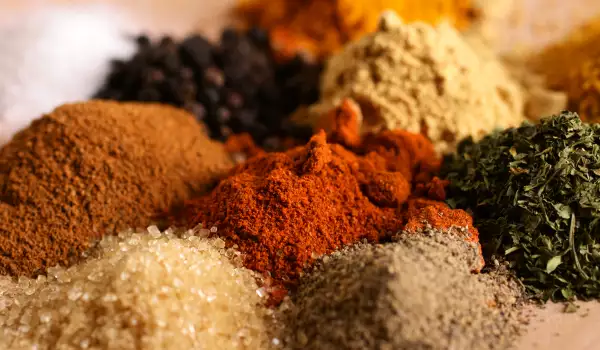
Cooking with paprika
In some European countries and in our country, the practice of making a thickener for some dish with heated oil and paprika is widespread. That way beans, lentils, even eggs become extremely appetizing. The tripe soup and Panagyurski-style eggs cannot go without paprika.
Usually, paprika colors dishes in a characteristic orange to tile color. It is quite often used for sprinkling various products and salads. However, then its aroma is not fully released and the achieved effect is more aesthetic than flavorful.
The aroma of paprika is completely released during heat treatment. However, it must be careful, short and moderate, because at a high temperature, the sugars in the spice burn out and its taste becomes bitter.
Smoked paprika is added to almost the same dishes as regular paprika. It adds a very pleasant smoky aroma to food, it can be compared to a barbecue aroma. It is very suitable for cooking beans, thus it will create the feeling that the stew has been cooked on charcoal.
Smoked paprika is suitable for flavoring red meats as well as heavier meats, but still be careful because too much of it will create a bitter taste that is not very pleasant.
If you are going to flavor stews or other similar dishes with smoked paprika, it is good to add it at the beginning of cooking. In this way, the aroma will unfold better. Classic paprika should be added at the end of the heat treatment, but this does not apply to the smoked version.
In case you haven't used smoked paprika before, it's best to start with a small amount so you can get used to its taste, then maybe increase it a bit.
Benefits of paprika
The benefits of paprika for the human body are not one or two. Cayenne pepper is an excellent source of vitamin A. It is also a good source of vitamin B6, vitamin C, vitamin K, manganese and dietary fiber. Cayenne pepper enhances metabolic processes and accelerates the expulsion of mucus.
Paprika has the property of providing additional heat in the body, improving blood circulation and facilitating its reach to the more distant areas of the body, for which effective mucus clearance is equally important.
Cayenne pepper has proven benefits in preventing cancer, heart attacks and ulcers and other gastrointestinal ailments.
Peptic ulcer, which is caused by bacteria is especially well affected by cayenne pepper. An increase in the acid environment in the stomach is the reason for the worsening of the ulcer. In this case, the South American spice is used as medicine. Cayenne pepper stops the development of ulcers by killing bacteria, which in turn stimulates the cells of the stomach lining to release protective juices. It is these juices that have a good effect on the ulcer.
Cayenne pepper has an overall healing effect on the gastrointestinal tract. Not only stomach ulcers, but also those of the duodenum are treated with Capsicum. The spice is a powerful pain reliever and can even help restore stomach tissue and move blood to the tissue area at a faster rate. Paprika promotes faster absorption of foods that are consumed with it.
Since paprika is very rich in fiber and useful minerals, it is a suitable spice for any weight loss diet.
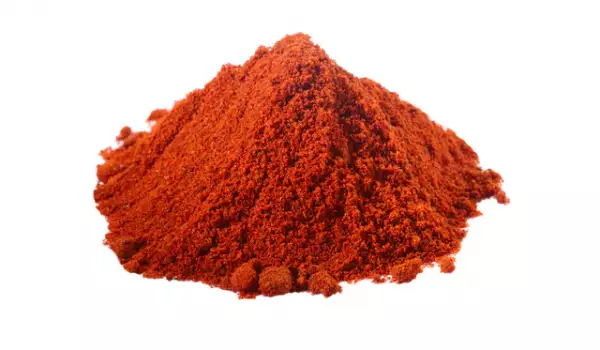
During colds and flu, the body has an increased need for vitamin C, and paprika is an excellent way to get the valuable antioxidant. It is also useful when you are sick, because it has good appetite-stimulating properties. Loss of appetite is a major problem when sick, because the body needs to acquire important nutrients, thanks to which it copes with the problem faster.
The high content of carotenoids in paprika, such as vitamin A and zeaxanthin, determines the beneficial effect of the spice in terms of eye health. Vitamin A is known to protect against macular blindness and macular degeneration, and zeaxanthin in turn reduces the risk of eye infections, but also protects against various infectious diseases and some respiratory problems.
It is believed that paprika can improve the quality of sleep. This is due to the vitamin B6 it contains, which stimulates the production of the hormone melatonin responsible for maintaining a healthy sleep cycle.
Another health benefit attributed to paprika is the reduction of superficial varicose veins.
Paprika helps also by bringing more oxygen to the hair follicles, thus stimulating its growth and at the same time strengthening it, preventing hair loss.
Sweet paprika also improves digestion, increasing the secretion of saliva and stomach acids, which in turn break down food faster and help provide nutrients needed for the body's energy more quickly.
There are many benefits of regular consumption of paprika, so do not miss out on flavoring your dishes with it. Bet on a quality product to make the most of its culinary and health benefits.
Harms from paprika
By itself paprika does not harm health, but its spicy form can be dangerous for some people. Cayenne pepper can cause stomach irritation and pain in more sensitive people. It is also dangerous for conditions such as gastritis, stomach ulcer, breastfeeding, pregnancy, heart and kidney problems, hemorrhoids, pancreatitis, cholecystitis, as well as individual intolerance.
Excessive consumption of spicy foods can lead to ulcers and gastritis, so be careful with the use of cayenne pepper.
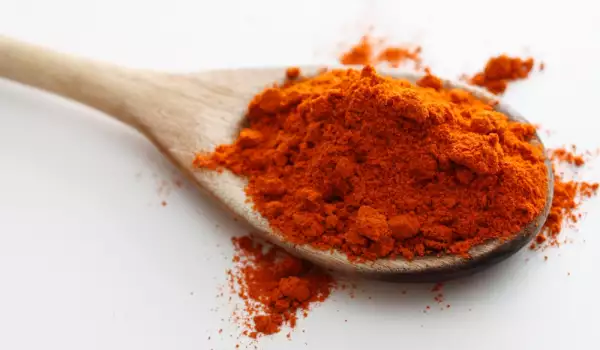
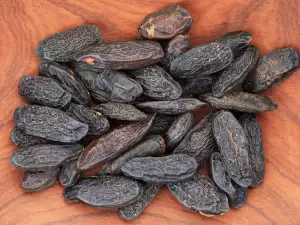
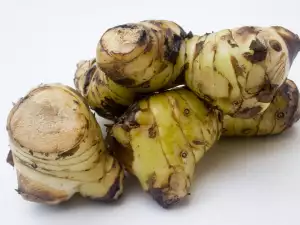

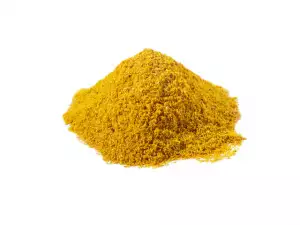


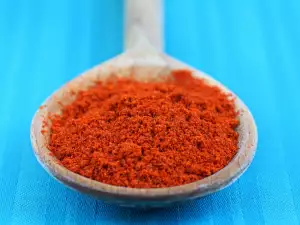
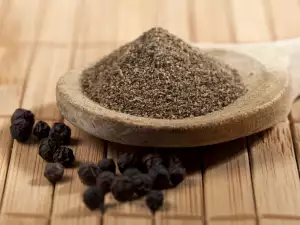
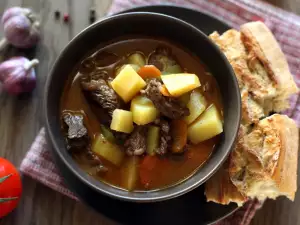
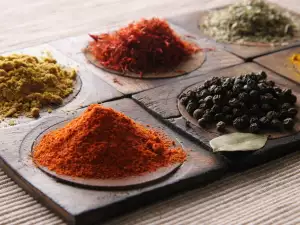









Comments